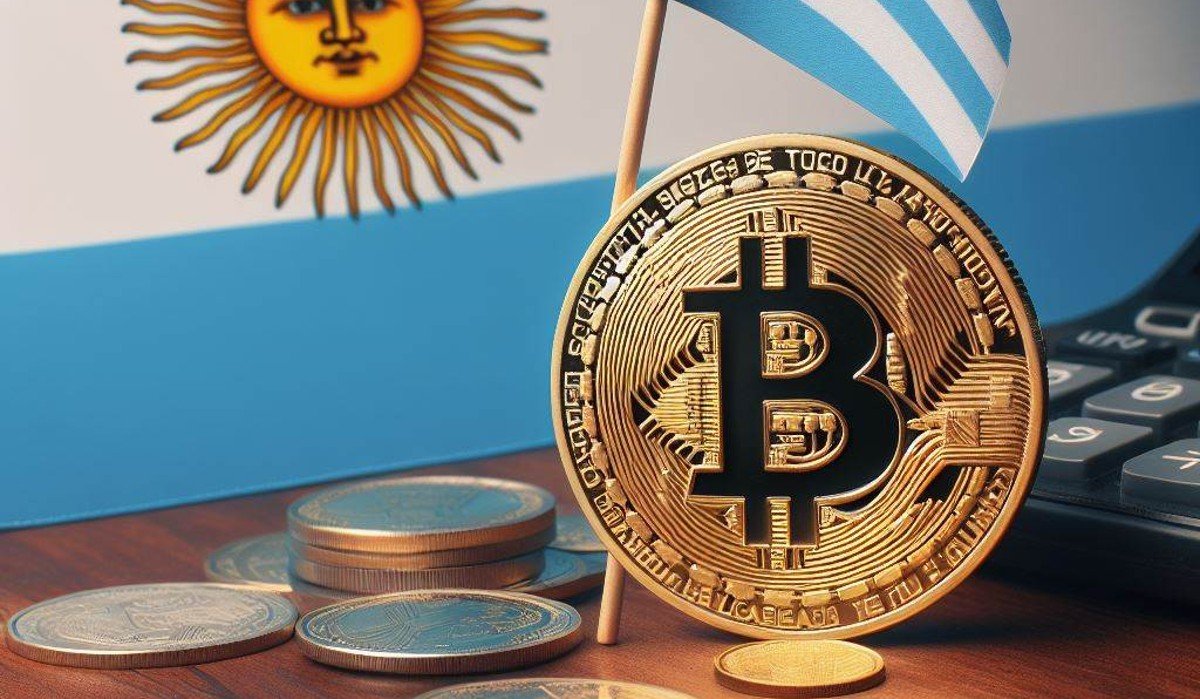It appears that Ordinals fever is transferring to Ethereum. According to network activity data, starting yesterday a new type of registration is creating huge demand for blob space, introduced by the Denkun update on March 13. In this sense, after the introduction of Blobscriptions, a new method of creating inscriptions on Ethereum, the number of transactions included in Blobs increased dramatically.
Blobs are a type of temporary memory that increases the rate of data contained in an Ethereum collection block, while increasing the network’s versatility to process and register ERC-20 tokens and NFTs.
according to him Analysis Blob behavior, submitted by Dune forum user known as Hildoby, 4,638 registrations were registered yesterday. Today the account is at 7,089, which is 50% of the daily capacity of drops And even more from transactions made in the other layers, Base, Arbitrum, Optimism and Linea, At the time of writing this article.

As a result of this increase, Blob (gas) rates skyrocketed yesterday and in 5 hours they already reached 585 GWh or US$18. Then up to a maximum of US$300 were recorded for each transaction. Blob fee has fallen sharply from its new high. At the time of this publication, Blob rates are 49 GVE, which is equivalent to $2.1 data From Etherscan.
However, The same rates as of yesterday are around $10, A fact that is contrary to what has been seen in the past, since since the Denkun update was executed, the gas required to conduct transactions on the network was only cents on the dollar.

The inscription in question is a type of registration that is done in Bitcoin through the Ordinals protocol, in this case, by adding arbitrary information to a field. calldata, The protocol used on this occasion is dropsLaunched on March 27 and developed by Tom Lehman, better known as Middlemarch, who also created EthScript, another protocol that allows creating inscriptions directly on Ethereum.
Inscriptions related to drops emerged Even though drops are short-lived and are removed from the network after 18 days. However, full storage nodes can still retain their data.
blob space limit
Another result of this activity on the Ethereum network is how registrations, primarily from images, are filling up at the moment. limit capacity Of drops.
data He highlighted that there were delays in the Ethereum mempool, where 160 blobs were waiting for processing. Ethereum can only contain six blobs per block, indicating that this figure represents 40 times more delay than can be accommodated in a single block, known as blob contention.















